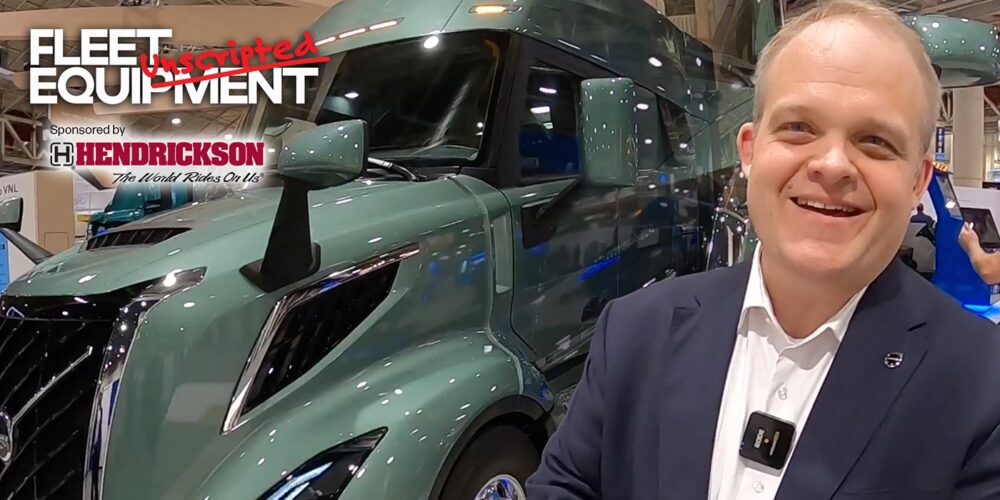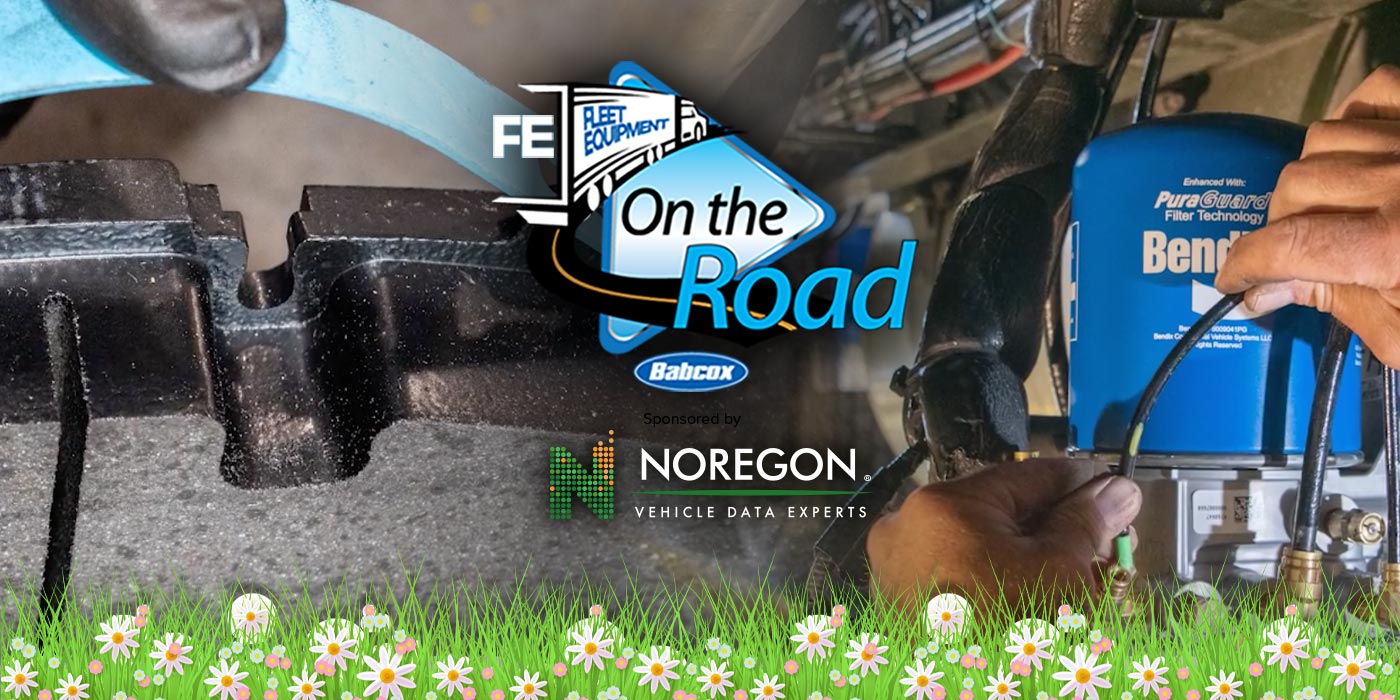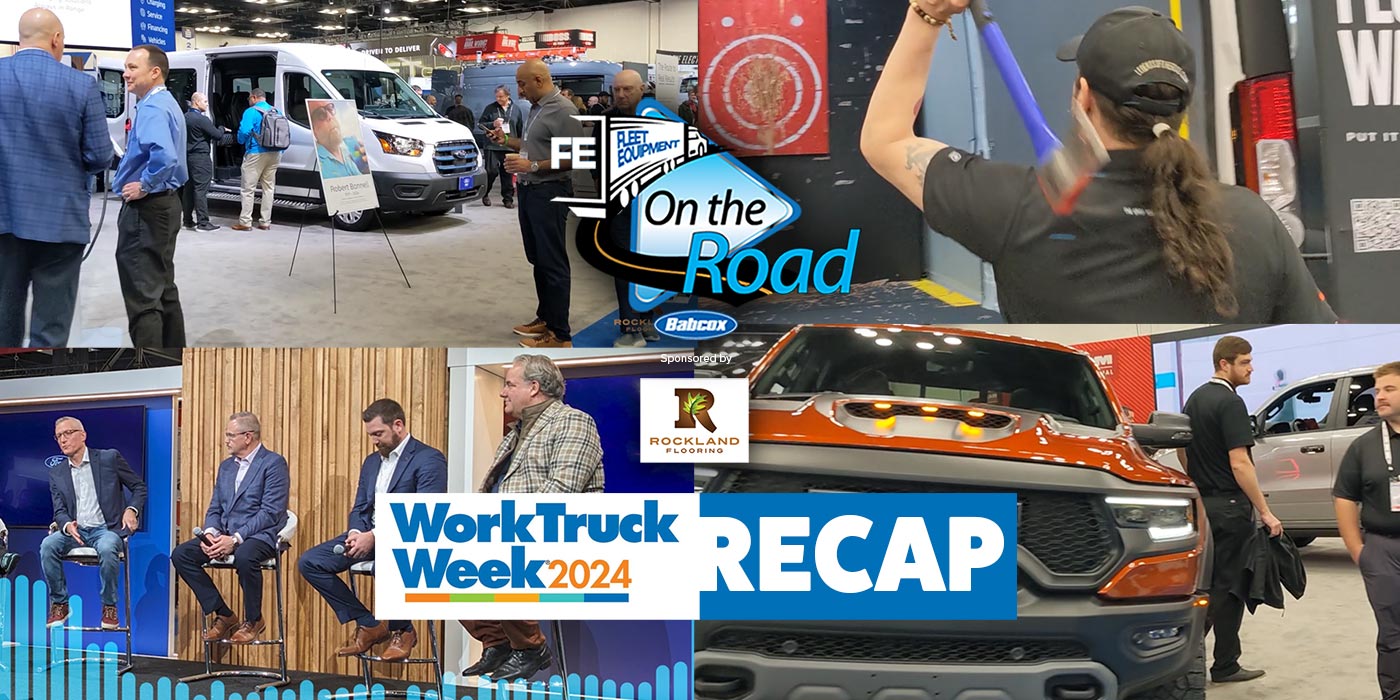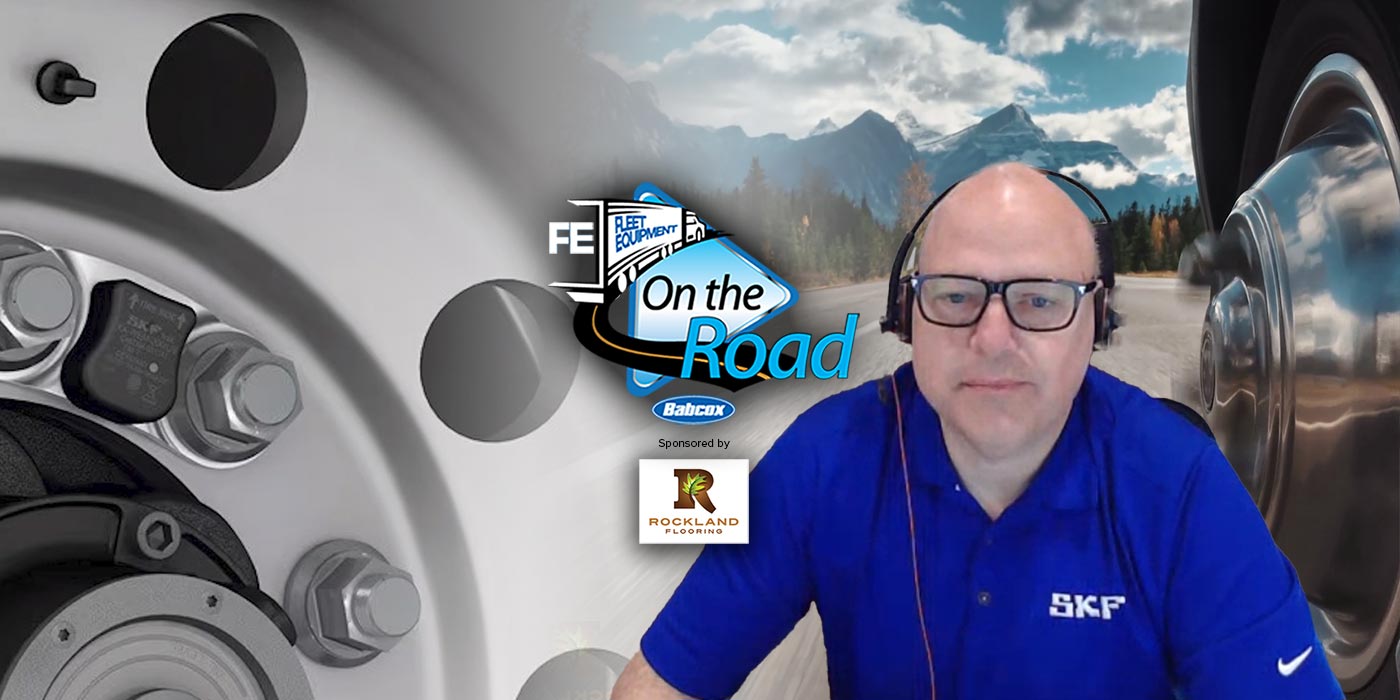Many applications – especially vocational trucks – have modified components based upon the specified intended service, and there’s no exception for axles.
Click here to watch more of FE’s On the Road video series.
Application is the alpha and the omega of equipment spec’ing. Consider the differences between a flatbed hauling materials to a construction site and the constant stop-and-go nature of a refuse truck. Many applications have modified their components based upon the specified intended service – and there’s no exception for axles.
Let’s think about trucks on construction sites, specifically the steer axle. You’re navigating highways as well as rugged off-road job sites. That means you need to look at track width, turn angle, maneuverability, weight, warranty coverage, disc brake compatibility, serviceability and maintenance intervals, to name more than a few. The steer axle also bears a portion of the vehicle’s load, adding stability while accurately steering the vehicle. And, construction trucks often require enhanced maneuverability for factors such as getting into and out of a construction site, or maneuvering residential areas, such as a cul-de-sac.
To accommodate these factors, fleets should spec a steer axle that offers maximum turn angle capacity, ideally up to 55 degrees. Turning radius is important in tight job sights, so it’s important to ensure the turning radius, which is reliant upon the combined capabilities of the steer axle, steering gear and tire and wheel size, is acceptable for the job.
Steer axles are also configurable in different configurations that impact the height of the front of the truck. The hub material also plays a role in vocational applications, as iron hubs are often required due to their higher creep ratings, especially when lift axles are a factor.
Clearly, there’s a lot to unpack when considering just steer axles in your vocation of choice. And, within application considerations, there are lots of other application-minded bullet points to home in on as well. Consider the amount of time spent off-road, distance traveled, application traction requirements and state regulations for weight restrictions.
Because there are so many factors in play, you can benefit by working with your manufacturer of choice to help your fleet spec the right axle choices for the right situation.













